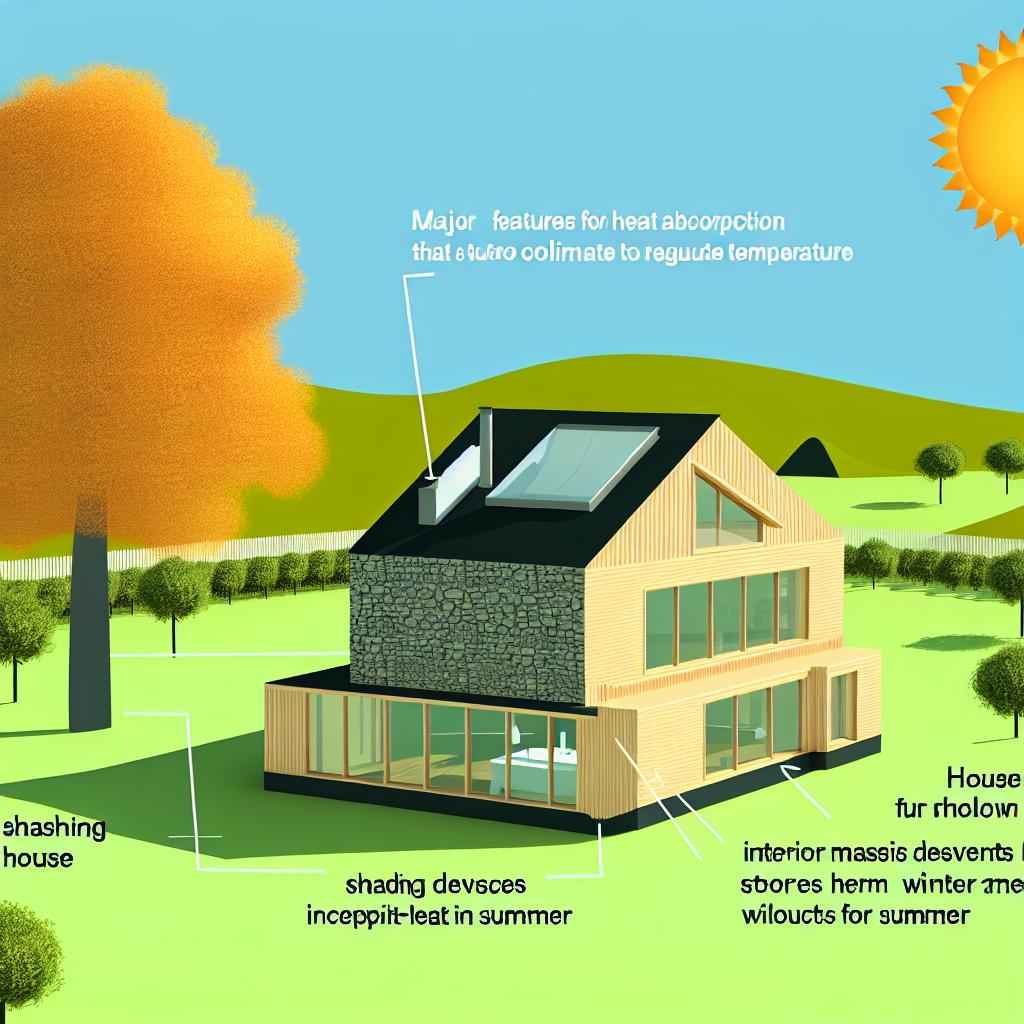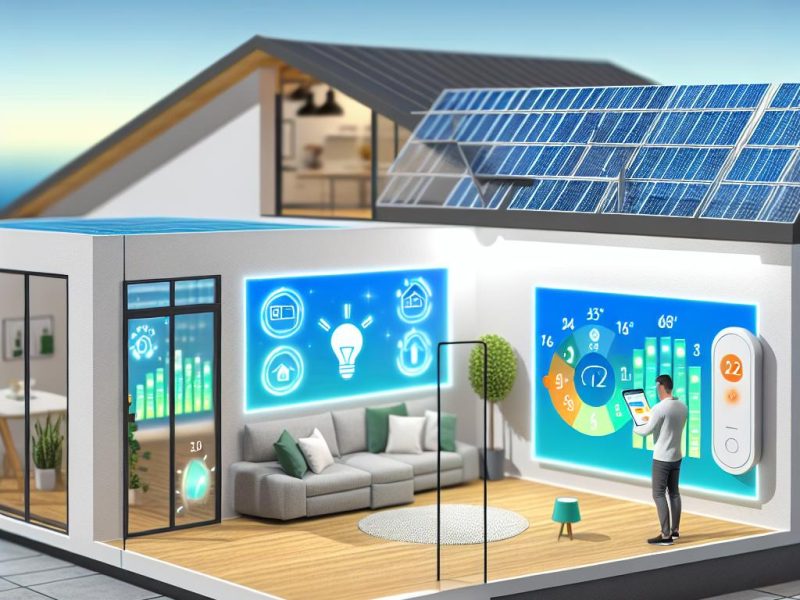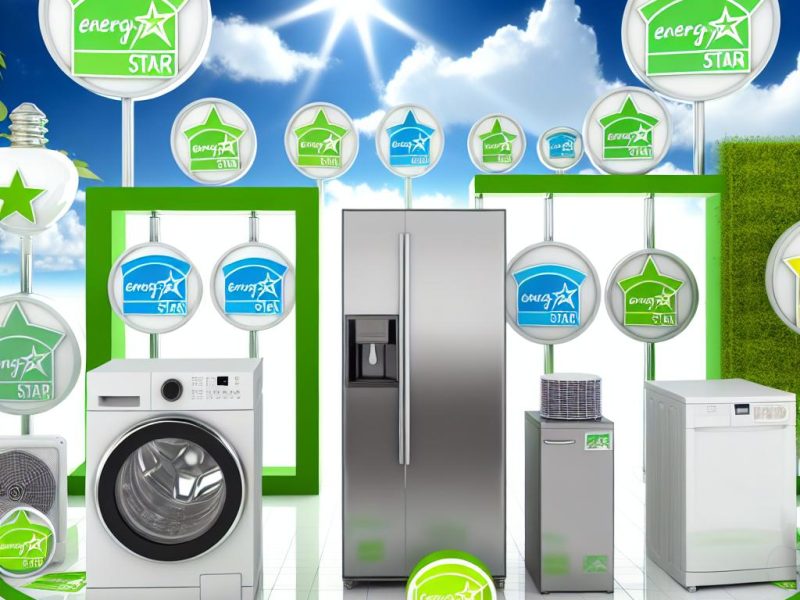Understanding Passive Solar Design
Passive solar design represents a sustainable building technique that focuses on harnessing the sun’s natural energy to decrease reliance on artificial heating and cooling systems. This approach can significantly enhance the comfort level within a home while also reducing overall energy consumption. The core principle of passive solar design is to utilize natural heat and light effectively, integrating specific elements that work together to create a self-regulating environment.
Key Principles of Passive Solar Design
Central to passive solar design is the effective use of natural heat and light, accomplished by considering several crucial elements:
Orientation: The primary consideration is the building’s orientation. Ideally, the structure should be situated to maximize solar gain, typically facing true south in the northern hemisphere. This strategic orientation optimizes sunlight exposure, especially important during the colder months when heating needs are greatest. This orientation will help capture maximum sunlight during the cooler parts of the day, and the year creating a comfortable living environment with minimal use of artificial systems.
Thermal Mass: Another essential component is thermal mass, which involves using materials that can absorb and store heat from the sun throughout the day and gradually release it when temperatures fall. Materials such as concrete, brick, or stone are ideal for this purpose. By incorporating these materials into elements like floors or walls, a building can effectively regulate indoor temperatures, making it a crucial aspect of passive solar design.
Insulation: Proper insulation cannot be overstated when it comes to reducing heat loss. Insulation should be thoughtfully applied across walls, roofs, and flooring to maintain a consistent internal environment. Effective insulation ensures that the warmth captured during the day is retained, reducing the reliance on additional heating systems and maintaining comfort during colder periods.
Window Placement and Glazing: Windows play a pivotal role in passive solar design. South-facing windows are utilized to capture the maximum possible sunlight. However, it is equally important to address the insulating properties of these windows. Using double or triple glazing can significantly enhance thermal efficiency and insulation. Additionally, shading devices or overhangs should be incorporated to prevent excessive heat during the warmer months, preventing overheating and maintaining comfort.
Design Strategies for Passive Solar Homes
Several strategies can be employed when designing a passive solar home to further enhance energy efficiency:
Open Floor Plans: By adopting open floor plans, homes can facilitate the free flow of warm air throughout. This flow means that heat can be distributed evenly across different rooms, ensuring consistent temperatures within the living space and reducing the need for artificial heating systems.
Cross Ventilation: An effective design will include cross ventilation that allows breezes to move freely through the home. Proper ventilation can reduce the need for mechanical cooling systems during warmer periods, enabling a naturally cooled environment with the assistance of thoughtfully placed openings.
Daylighting: One of the passive solar design’s key elements involves maximizing natural daylight through strategic window placement and skylights. By increasing the amount of daylight entering the living spaces, the need for artificial lighting is reduced, contributing to further energy savings.
Economic and Environmental Benefits
The economic and environmental benefits associated with passive solar design are notably significant. Economically, the approach leads to reduced energy bills as homeowners leverage the natural energy of the sun to meet heating and cooling needs, significantly lowering utility costs. More importantly, passive solar design contributes to reducing the environmental footprint of a dwelling. By relying on the renewable energy of the sun, homes can diminish their reliance on finite fossil fuels, promoting a sustainable lifestyle that aligns with global efforts toward environmental conservation and sustainability. The broader implications extend into potential increases in property value due to the growing interest in sustainable living.
Further Exploration
For those interested in diving deeper into the intricacies of passive solar design, a wealth of resources is available through architectural institutes and sustainability-focused organizations. Delving into specialized books and courses can provide comprehensive guidance on how best to integrate these principles into residential projects. By seeking out these resources and gaining insights from professionals and experts in the field, individuals can learn how to effectively implement passive solar design principles into new builds or renovations. To explore more on this subject, you may consider accessing a variety of educational materials which delve into advanced concepts and practical applications for achieving sustainable living environments. For more comprehensive insights, exploration of these resources can be valuable.



